#doctor of the church
Text

Saint Isidore of Seville
Doctor of the Church
560-636
Feast day: April 4
Patronage: the internet, computer users, technicians and students
Saint Isidore was born in Spain during complex political times, transitioning from the effects of the barbarous Visigoths to a Catholic culture. He received an exceptional classical education, writing the encyclopedia of knowledge, the Etymological, among others. Ordained Bishop in 599, he struggled between the life of solitude to meditate on the Word of God and the demands of ecclesiastical duties. He organized synods to discuss representational government that became the model for European nations. St. Isidore promoted education by encouraging seminaries and schools built in every diocese. His last dying act was to give away all his possessions.
Prints, plaques & holy cards available for purchase here: (website)
40 notes
·
View notes
Photo

05/05/2023
In the previous comic, Catherine stole all her brother's socks and gave them to the poor. Now she's back for more... BUT HE'S GUARDING HIS DRAWER!
___
JOKE-OGRAPHY:
1. As Catherine unlocks the door and enters the room, she says she's Cather-IN. This is a play on her name, emphasizing the "IN" at the end to imply she's managed to break INto the room.
2. Catherine's brother refers to her as a CAT burglar, which is a robber who enters a house by scaling to an upper floor. He then expands "cat burglar" to "Caterina burglar", including the Italian version of her name in the accusation.
#st catherine of siena#charity#catholic#christian#cartoon#comic#tom gould#tomics comics#tomics#compulsive charity#puppy guarding your sock drawer in the dead of night so your dumb sister doesn't give away all your socks#doctor of the church
154 notes
·
View notes
Text

THE DESCRIPTION OF SAINT PETER CANISIUS
The Jesuit Priest and Holy Apostle of the Catholic Press
Feast Day: December 21
"Better that only a few Catholics should be left, staunch and sincere in their religion, than that they should, remaining many, desire as it were, to be in collusion with the Church’s enemies and in conformity with the open foes of our faith."
Peter Canisius, who is one of the major figures during the Protestant Reformation, called the 'Apostle of the Catholic Press' and known as the Second Apostle of Germany, was born in Nijmegen (located in Gelderland province), Holland (The Netherlands), on May 8, 1521, his mother died shortly after he was born.
In order to please his father Jacob, who is a burgomaster, he studied law for a few months at the University of Louvain. Realizing however, that he was not called to this career, he took a vow of celibacy and went to study theology in Cologne, Germany, where he earned a master's degree at the age of 19. There, while attending a retreat preached by St. Peter Faber, one of the first disciples of Ignatius of Loyola, he decided to enter the Society of Jesus.
After his ordination to the priesthood, he became famous for his talent in preaching. Ignatius considered him a model religious, prepared to go anywhere and to do anything. From Rome, Peter was sent to Germany, where he counteracted the Protestant doctrines and effected a religious revival among the people.
In 1552, Peter was called to Vienna, Austria, where 90% of the people had abandoned the Catholic faith. Many monasteries lay desolate, and not a single priest had been ordained for 20 years. Peter won the heart of the people by his works of charity. He ministered to the sick, visited the prisoners, and cared for the poor.
Realizing the great importance of mass media, he promoted the Catholic press to the best of his ability. During his lifetime, his catechism was reprinted over 200 times and translated into 15 languages.
Despite his success and popularity, Peter remained humble and submissive. He refused to be consecrated bishop of Vienna and Provincial of his order. He died at the age of 76 due to a stroke in Fribourg, Switzerland on December 21, 1597.
Canonized by Pope Pius XI in 1925 and declared a Doctor of the Church the same year, his major shrine can be found in Fribourg.
#random stuff#catholic#catholic saints#jesuits#society of jesus#peter canisius#petrus canisius#pedro canisio#catholic press#doctor of the church
17 notes
·
View notes
Text
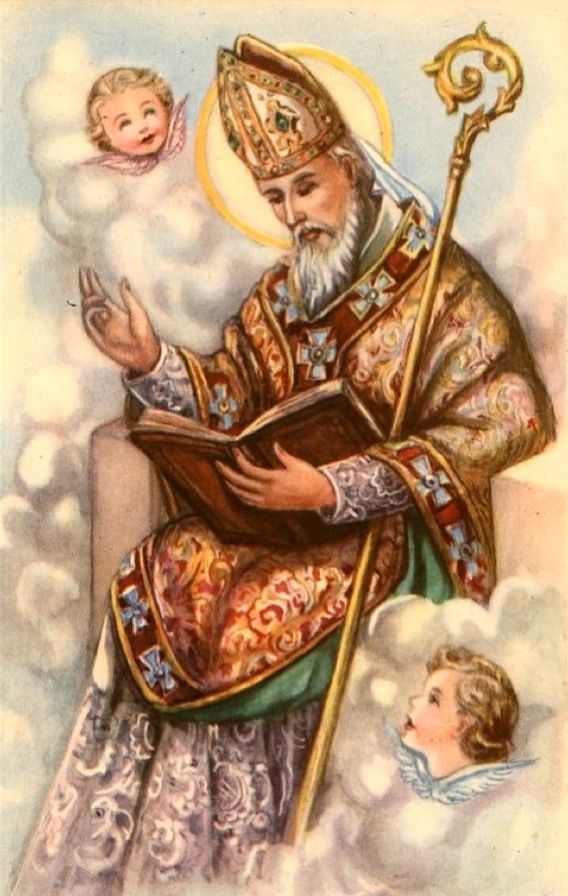
#catholicism#roman catholic#catholic#st. augustine#doctor of the church#feast day#september 1st#patron saint#pray for us
7 notes
·
View notes
Photo

Alessandro Franchi (Italian, 1838-1914)
Saint Catherine of Siena, 1888
-
Catherine was a 14th-century Dominican tertiary who led a deep life of prayer and contemplation. During her life she received the wounds of Christ after receiving Holy Communion, and they were at first visible. However, she petitioned God that the grace be made invisible, so that she could still participate in the suffering of Christ but remain hidden to the world.
She asked this because the visible stigmata, if made public, may attract a cult of followers who, even though well-intentioned, can distract from a person’s mission. God granted her request, and for the rest of her life she bore the hidden stigmata (visible only to herself), suffering interiorly the wounds of Christ. After death the stigmata returned on her body for the world to see.
#Alessandro Franchi#Italy#Italian#Saint Catherine of Siena#art#fine art#italian peninsula#christian#christianity#catholic#oil painting#doctor of the church#catherine of siena
89 notes
·
View notes
Text
On February 27th is the Feast Day of St. Gregory of Narek, Abbot and Doctor of the Church
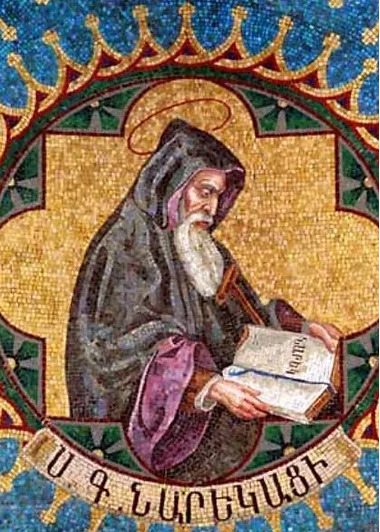
Source of picture: www.saintsfeastfamily.com
Life of St. Gregory of Narek
St. Gregory Of Narek is a canonized saint. He was an Armenian monk, poet, mystical philosopher and theologian, born into a family of writers. His father, Khosrov, was an archbishop. He lost his mother very early, so he was educated by his cousin, Anania of Narek, who was the founder of the monastery and school of the village. Almost all of his life he lived in the monastery of Narek (in Vaspurakan, Greater Armenia, now Turkey) where he taught at the monastic school. He is the author of mystical interpretation on the Song of Songs (977) and numerous poetic writings. Narekatsi's poetry is deeply biblical and is penetrated with images, themes and realities of sacred history, distinguished with intimate, personal character. The mystical poem "Book of Lamentations/Narek" (published in 1673 in Marseille) has been translated into many languages and has played a significant role in the development of the Armenian literary language. For Narekatsi, peoples' absolute goal in life should be to reach to God, and to reach wherever human nature would unite with godly nature, thus erasing the barriers between God and men. As a result, the difficulties of earthly life would disappear. According to him, mankind's assimilation with God is possible not by logic, but by feelings. Numerous miracles and traditions have been attributed to the saint and perhaps that is why he is referred to as "the watchful angel in human form". The monastery of Narek was completely destroyed in the 20th century after the Armenian Genocide and a mosque now stands on the site.
Source: https://www.saintsfeastfamily.com/copy-of-st-gregory-of-narek-feb-27
#saints#St. Gregory of Narek#abbot#Book of Lamentations#Book of Narek#the watchful angel in human form#Doctor of the Church#God#Jesus#Christ#Jesus Christ#Father#Son#Holy Spirit#Holy Trinity#christian religion#faith#hope#love#stress reliever
11 notes
·
View notes
Note
Awww yissss! FFF for my birthday!!!!
Well dang, now that's some pressure.
Because it's now Hispanic Heritage Month, I thought I'd at least try to make most of my Fun Facts (up until October 15, the end of Hispanic Heritage Month) about Hispanic history and such. So! Today You Learned about our boi and Doctor of the Church, Saint Isidore of Seville (c. 560-636):

Interesting fellow. To be clear, ALL of this known siblings are considered saints and entered religious life (two brothers became bishops, his sister became a prominent nun), but he's the one who made Doctor of the Church. Born in Spain to a Roman family when the Visigoths were taking over the Iberian Peninsula, he helped mop up that Arian heresy nonsense that was still fairly popular until it was gone from Spain.
When he became bishop of Seville, he instituted educational reform and helped revive classical knowledge. This dude was way into Aristotle before it was cool for medieval scholars to do so, and got as many people into it as he could. During the Fourth National Council of Toledo (which was a national Church Council, only Spanish bishops were required to attend), he helped establish that each bishop would set up a seminary, and that they'd all teach Greek and Hebrew as well as the sciences.
The thing that strikes me as crazy about Saint Izzy though is the Etymologiae. See, the thing that makes Saint Isidore famous outside of historical and religious circles is that this dude decided, one day, because he felt like it, I guess, to write a book containing all collected knowledge. And to be clear by that we mean mostly out of ancient Greek and Roman texts. And he's often just copying and pasting the information as is, and so sometimes you get facts that aren't very... true.
But still! Pretty darn ambitious! This man took it upon himself to write early medieval Wikipedia, and by gosh, he did it. A massive tome full of information that cites all of his sources to make sure that you know the facts and who told him the facts.
It is for this reason that Saint Isidore of Seville is the Patron Saint of the Internet.
Now you know!
#saints#Today You Learned#Fun Fact Friday#I hope you didn't know this already#happy birthday#Saint Isidore of Seville#Doctor of the Church#Catholic#Spain#history#medieval
23 notes
·
View notes
Text
What Is a Doctor of the Church? The Case of Hildegard of Bingen
Event Description: St. Hildegard of Bingen is known and appreciated primarily for her music-making, and Doctors of the Church, typically for their theological and philosophical prowess. In this Faith & Reason lecture, musicologist, organist, pianist and composer Aaron James of the Oratorian Holy Family Church will explore what it might mean for a figure like Hildegard to be a doctor of the…
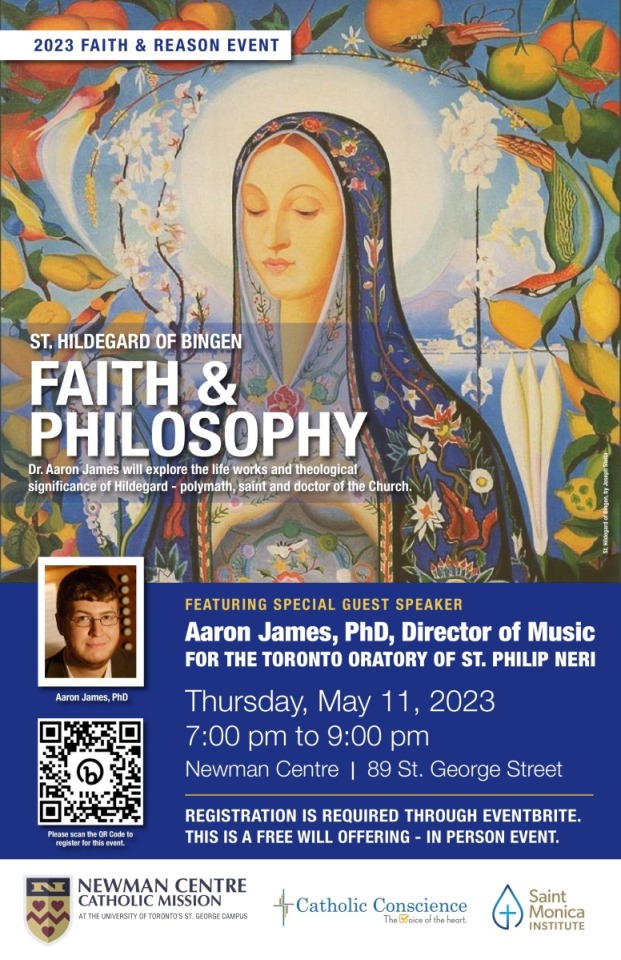
View On WordPress
#Aaron James#Beautiful#Beauty#Catholic Conscience#Catholicism#Communion of Saints#Doctor of the Church#Faith & Reason#Holy Family Church#Medicine#Music#Musicology#Newman Centre#Newman Centre at U of T#Newman Centre Toronto#Orchestra#Organ#Organist#Philosophy#Saint#Sainthood#St Hildegard of Bingen#St Monica&039;s Institute#The Beautiful#The Way of Beauty#Theology#Toronto Oratory#Toronto Oratory of St Philip Neri#U of T#University of Toronto
2 notes
·
View notes
Photo
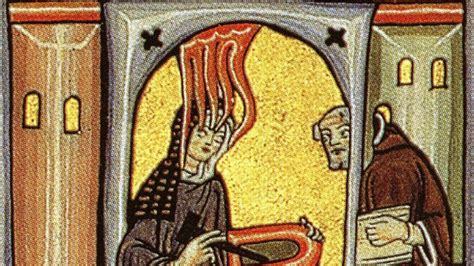


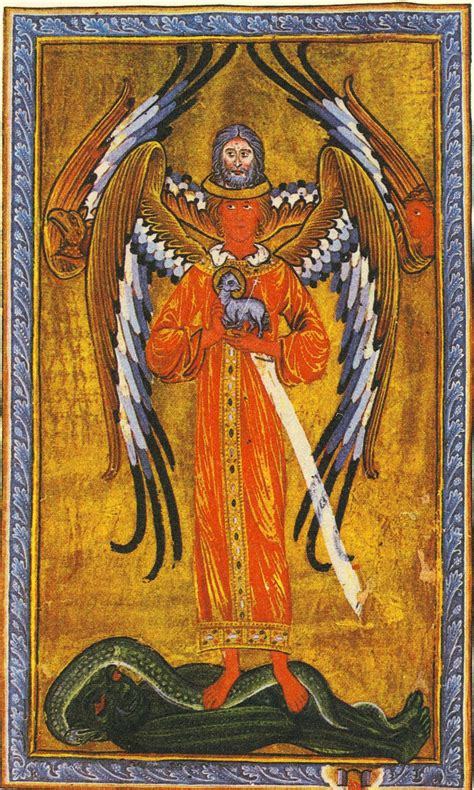

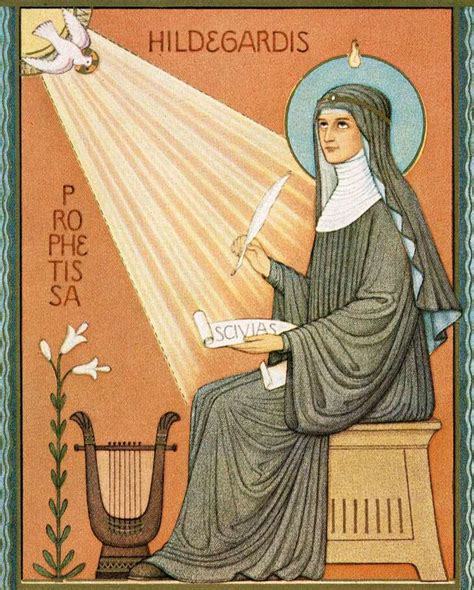
11 notes
·
View notes
Photo

Albrecht Dürer, St Jerome Penitent in the Wilderness ca. 1494
3 notes
·
View notes
Text

Saint Teresa of Avila
Doctor of the Church
1515 - 1582
Feast Day: October 15
Patronage: bodily ills; headaches; lacemakers; loss of parents; people in need of grace; people in religious orders; people ridiculed for their piety
St. Teresa of Ávila, baptized as Teresa Sánchez de Cepeda y Ahumada, was a prominent Spanish mystic, Carmelite nun, writer of the Counter Reformation, and theologian of contemplative life through mental prayer. She was a reformer of the Carmelite Order and is considered to be a founder of the Discalced Carmelites along with John of the Cross.
Prints, plaques & holy cards available for purchase here: (website)
93 notes
·
View notes
Text


DOCTOR WHO • 'The Church on Ruby Road'
#they were over 2000 years old
#they should have been at the club
#dw spoilers#doctor who#dwedit#dwgifs#timelordgifs#ncuti gatwa#fifteenth doctor#the church on ruby road#vindicia#thelvadams.gifs#good for him 🥰#also forgive the next time trailer quality
16K notes
·
View notes
Text
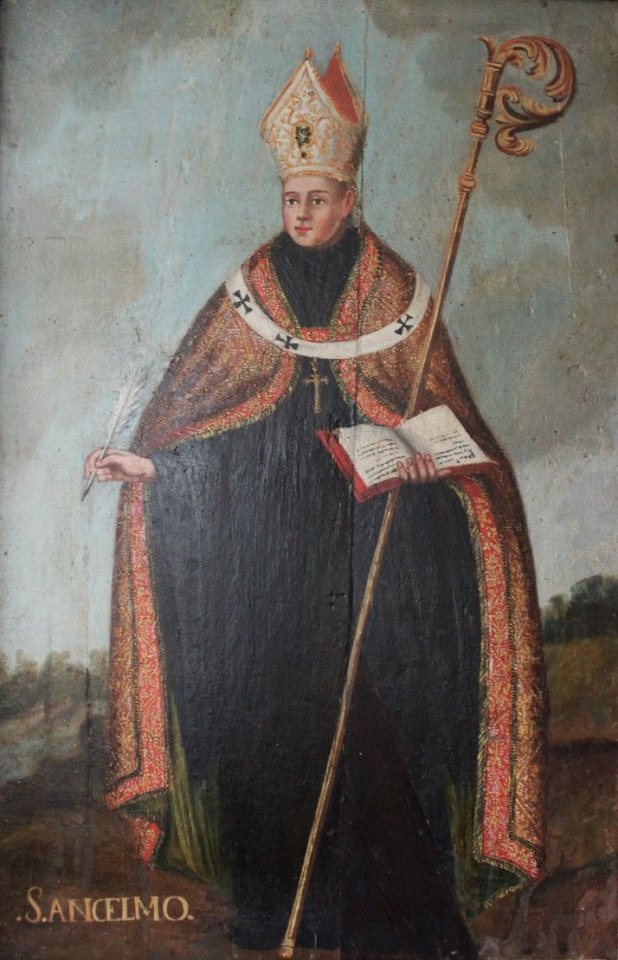
THE DESCRIPTION OF SAINT ANSELM OF CANTERBURY
The Father of Scholasticism and the Defender of the Immaculate Conception
Feast Day: April 21
"For I do not seek to understand in order to believe, but I believe in order to understand. For I believe this: unless I believe, I will not understand."
The future archbishop of Canterbury was born Anselmo d'Aosta, circa 1033 in Aosta, Kingdom of Burgundy, Holy Roman Empire. His father Gundulph, was a Lombard noble, probably one of Adelaide's Arduinici uncles or cousins; his mother Ermenberga was almost certainly the granddaughter of Conrad the Peaceful, related both to the Anselmid bishops of Aosta and to the heirs of Henry II who had been passed over in favour of Conrad.
At the age of 27, he entered the Benedictine abbey of Bec, in Normandy, and three years later, he was elected as the abbot of Caen. Several monks murmured on account of his youth, but Anselm by his sympathy and patience won the allegiance of all. With regard to the training of the young, he had quite modern views.
To a neighboring abbot, who was lamenting the poor success of his educational method, he said: 'If you plant a tree in your garden and bound it on all sides, so that it can not spread out its branches, what kind of tree would it become? And that is how you treat your boys, cramping them with fears and blows, depriving them of the enjoyment of any freedom.'
Being an original thinker, Anselm was the greatest theologian of his age, and the father of Scholasticism. In the Monologion, he spoke of God as the highest being and investigated God's attributes; while in his Prologue, he gave the famous ontological proof of God's existence.
Anselm was called to succeed his countryman Lanfranc, as the archbishop of Canterbury. It was a time of great strife with the king over the Church's independence, and Anselm was exiled several times.
Amid the rejoicing of the people, Anselm returned to Canterbury in 1106, where he died a holy death on April 21st three years later in 1109. Anselm was proclaimed a Doctor of the Church by Pope Clement XI in 1720; he is known as the doctor magnificus ('Magnificent Doctor') or the doctor Marianus ('Marian doctor').
3 notes
·
View notes
Video
St John of the Cross por Fr Lawrence Lew, O.P.
Via Flickr:
“The road is narrow. He who wishes to travel it more easily must cast off all things and use the Cross as his cane. In other words, he must be truly resolved to suffer willingly for the love of God in all things.” – St John of the Cross, whose feast is on 14 Dec. This statue of the saint is from the colonnade at the Sanctuary of Fatima.
1 note
·
View note
Text

#catholicism#roman catholic#catholic church#catholic#st. jerome#patron saint#catholic saint#doctor of the church#lion#book#writing#pray for us
12 notes
·
View notes
Text




7K notes
·
View notes
